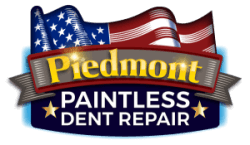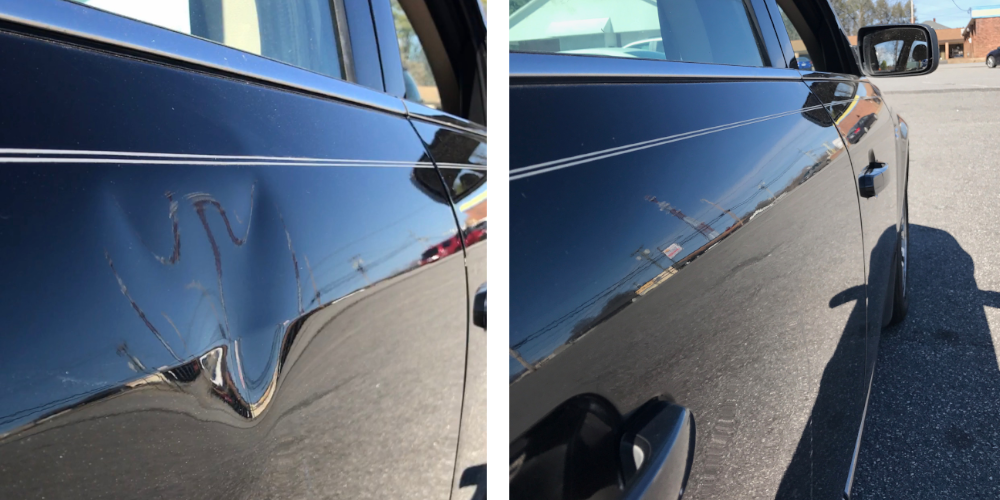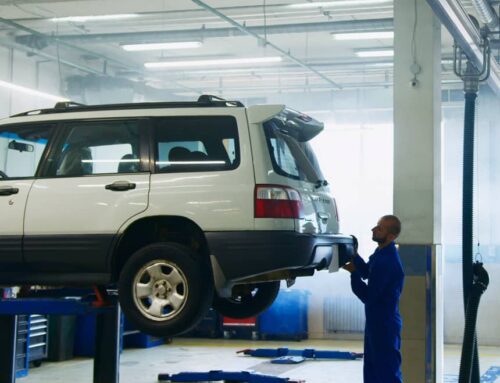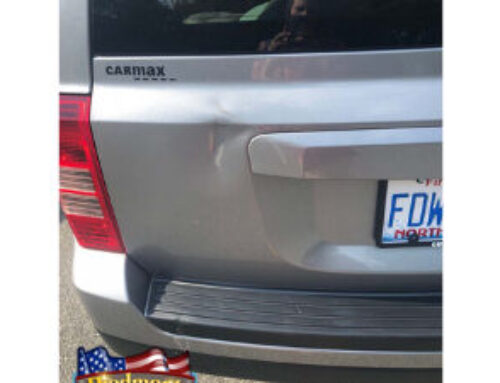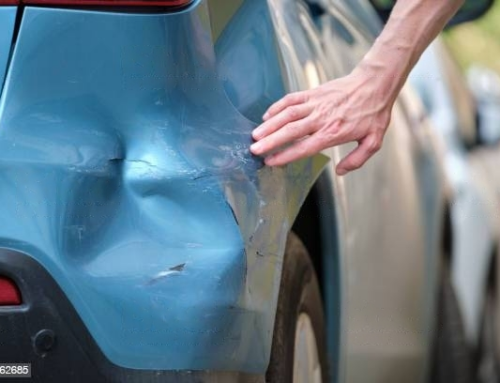A small dent on your car doesn’t have to lead to a big repair bill. That’s where paintless dent repair (PDR) comes in—a faster, smarter, and more affordable way to restore your car’s smooth finish without sanding, painting, or filling. It keeps your original paint intact, saves you time, and preserves your vehicle’s resale value.
For many car owners, it’s the perfect balance between cost and quality. Whether it’s a door ding or hail damage, PDR offers a clean, efficient fix that proves you don’t have to spend big to keep your car looking its best.
How does the cost of paintless dent repair compare to traditional methods?
The cost of paintless dent repair (PDR) is typically significantly lower than that of traditional dent repair methods. Traditional repairs often require sanding, filling, and repainting, which can involve significant labor, materials, and sometimes even panel replacement. This process can cost hundreds or even thousands of dollars, depending on the size and location of the dent.
In contrast, PDR eliminates the need for painting or replacing panels by carefully massaging the dented metal back to its original shape. Because it requires less labor and no paint or materials, the cost is typically 50–70% less than conventional repairs.
Minor dents and door dings can often be repaired for as little as $75 to $150, while larger dents may cost a few hundred dollars. This affordability, combined with faster turnaround times, makes PDR a cost-effective solution for car owners.
What makes paintless dent repair a valuable choice for car owners?
Paintless Dent Repair (PDR) is a valuable choice for car owners for several reasons:
- Cost-Effective: PDR is significantly less expensive than traditional dent repair methods since it avoids the need for repainting, filler, or panel replacement. Car owners can restore their vehicles at a fraction of the cost.
- Time-Efficient: Most PDR repairs can be completed in just a few hours, compared to days or weeks with conventional bodywork. This minimizes disruption to your daily routine.
- Preserves Original Paint: Because PDR doesn’t require sanding or painting, the vehicle’s factory finish remains intact. This helps maintain the car’s aesthetic appeal and resale value.
- Environmentally Friendly: By avoiding paint, fillers, and chemical processes, PDR produces less waste and has a smaller environmental footprint.
- Versatility: PDR works for minor dents, door dings, hail damage, and other small impacts, making it a practical solution for many everyday situations.
Paintless dent repair combines affordability, speed, and high-quality results, making it a smart and practical choice for maintaining your vehicle’s appearance and value.
Is paintless dent repair as effective for all types of dents?
Paintless Dent Repair (PDR) is highly effective for many types of dents, but its success depends on several factors related to the dent’s size, location, and severity. Here’s a breakdown:
- Ideal Dents: PDR is most effective on minor dents caused by hail, door dings, or small impacts. These dents typically don’t damage the paint, allowing technicians to manipulate the metal back into place without repainting.
- Size Limitations: Small to medium-sized dents are the easiest to repair using PDR. Very large dents or those with sharp creases may be more challenging and sometimes require traditional repair methods.
- Paint Condition: The dent must have intact paint for PDR to be effective. If the paint is chipped, cracked, or peeling, traditional bodywork may be necessary, as PDR cannot restore damaged paint.
- Location Matters: Dents on flat panels or gently curved areas respond best to PDR. Dents on edges, corners, or near body lines can be more difficult to repair without compromising the metal or finish.
- Severity of Impact: Deep dents that stretch the metal significantly may not be suitable for PDR. In such cases, traditional repair methods may be necessary to restore the panel correctly.
While PDR is a cost-effective and efficient solution for many dents, its effectiveness depends on the size, location, and paint condition of the dent. Consulting a professional ensures the best repair method is chosen for your vehicle.
How long does paintless dent repair take to complete?
The time it takes to complete Paintless Dent Repair (PDR) depends on several factors, including the size, location, and number of dents, as well as the vehicle’s body type and design. Generally, PDR is much faster than traditional dent repair methods, which involve painting and drying. Here’s what to expect:
- Minor Dents and Door Dings: Small dents, such as those caused by hail or minor door impacts, can often be repaired in 30 minutes to 2 hours. These quick repairs are ideal for single-panel issues, allowing car owners to get back on the road the same day.
- Medium-Sized Dents: Larger dents that are more noticeable but still paint-intact may take 2 to 4 hours to repair. Technicians need to carefully massage the metal to restore the panel’s original shape without damaging the paint.
- Multiple Dents or Hail Damage: Vehicles with multiple dents across one or more panels may require half a day or more to repair. Technicians work methodically to ensure each dent is repaired correctly, maintaining a uniform finish.
- Location and Access: Dents in hard-to-reach areas or near body lines may take additional time, as the technician must use specialized tools to access and manipulate the metal from behind the panel.
PDR is a quick and convenient alternative to traditional bodywork, often allowing same-day repairs and minimal disruption to your schedule.
Save Time and Money with Paintless Dent Repair
Dents happen, but fixing them doesn’t have to throw off your whole day. At Piedmont Dent Repair, we make it simple to get your car back to looking great as fast as possible. Our paintless dent repair method removes dings and hail damage without sanding or repainting, so your car keeps its original finish.
Most jobs take just a few hours, meaning less time in the shop and more time back on the road. It’s a straightforward, affordable way to keep your car in top shape without the extra stress.
